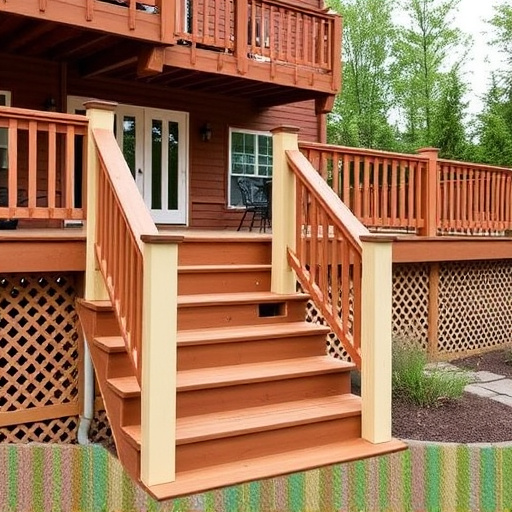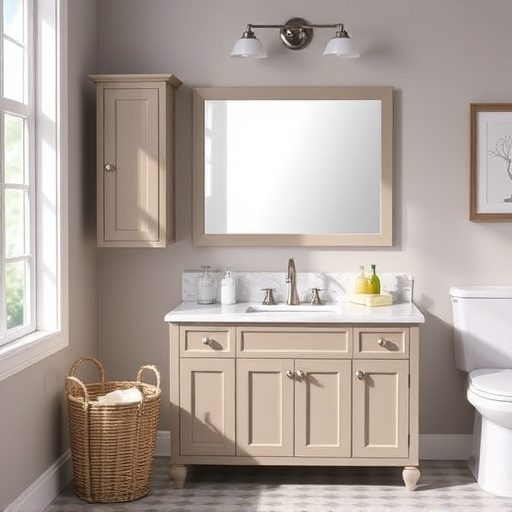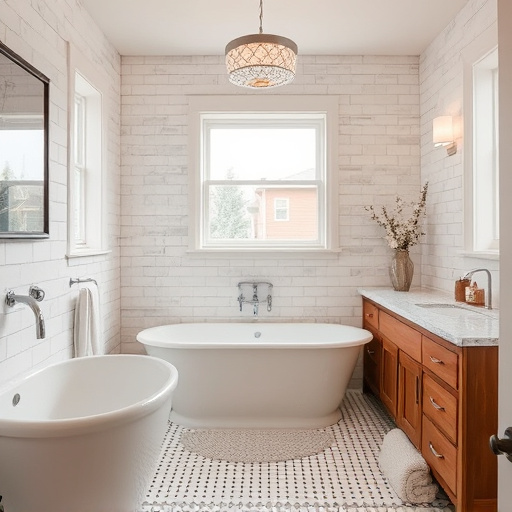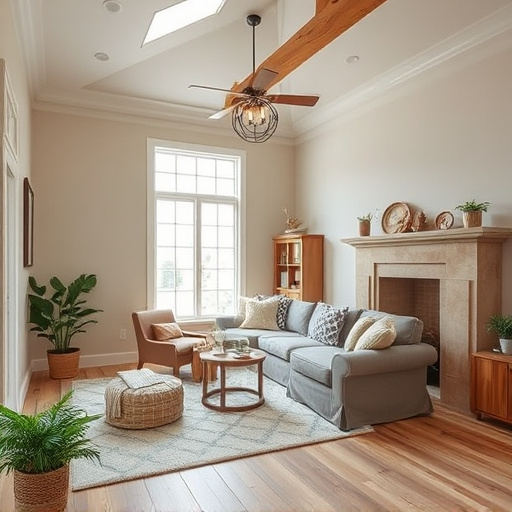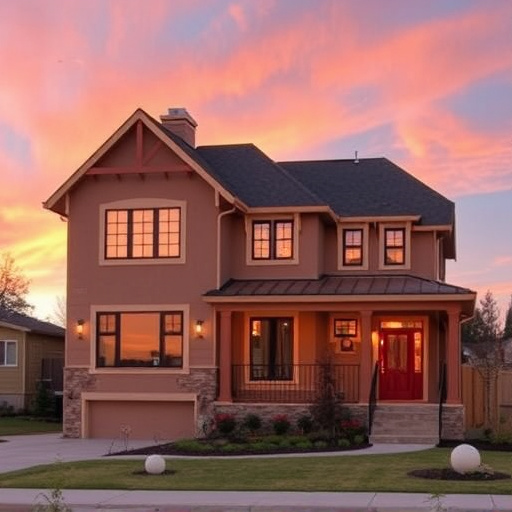Architectural elements like ceilings, staircases, arches, and moldings significantly influence a home's character and appeal. Understanding these features allows decorators to enhance or contrast with existing styles, achieving a harmonious blend of structural integrity and aesthetic allure. During remodeling, selecting floor coverings that complement or highlight architectural cues further refines the space's overall look and feel, ensuring beautifully integrated and cohesive design. Prioritizing architecture in home decorating involves identifying unique style-specific features and enhancing them to create visually stunning and practical spaces through transformations or renovations.
Highlighting your home’s architecture is an art that can transform ordinary spaces into stunning, unique environments. Architecture is a key element in home decor, defining the character and style of your living space. In this article, we’ll guide you through understanding and enhancing your home’s architectural features using simple yet effective strategies. From natural light manipulation to clever furniture placement and thoughtful planting, discover how to bring out the best in your home’s design, making it a true masterpiece of home decorating.
- Understanding Architectural Elements in Home Decorating
- – Definition and importance of architecture in home decor
- – Identifying key architectural features in different styles of homes
Understanding Architectural Elements in Home Decorating
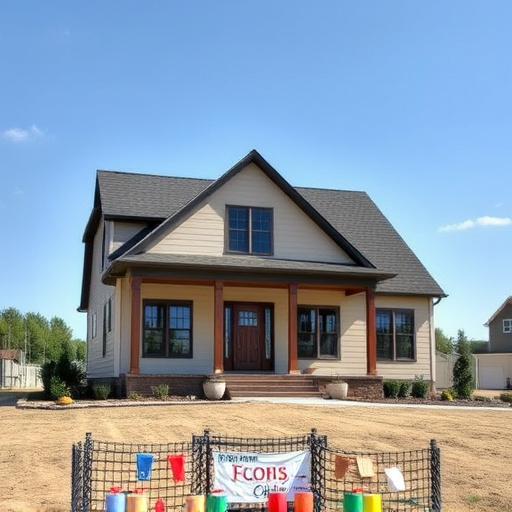
Understanding Architectural Elements in Home Decorating
When it comes to home decorating, architectural elements play a crucial role in defining the overall look and feel of a space. These elements are the structural and design features that give a home its unique character, from soaring ceilings and grand staircases to elegant arches and intricate moldings. Recognizing and highlighting these architectural details can transform a simple room into a stunning display of style and sophistication.
In the realm of home decorating, focusing on architectural elements involves both identifying the key features in your space and selecting decor that either enhances or contrasts with them. For instance, if your kitchen boasts high, open beams, you might choose suspended pendant lights to complement their height. Similarly, during home remodeling projects, considering floor replacements that complement or highlight existing architectural cues can significantly impact the final aesthetic, whether it’s a rustic wood flooring that accentuates a home’s vintage charm or modern tiles that create a sleek, contemporary look in bathroom and bath areas.
– Definition and importance of architecture in home decor
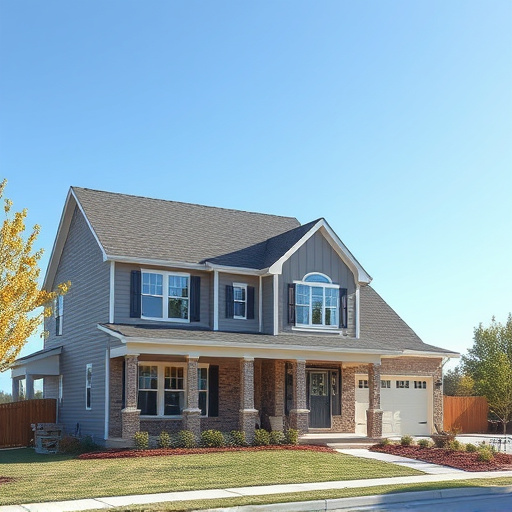
Architecture plays a pivotal role in home decorating, shaping the very essence of how we perceive and interact with our living spaces. It’s more than just the structural layout; it encompasses the design principles, aesthetic appeal, and functional considerations that transform a house into a home. Effective architecture seamlessly integrates form and function, creating an environment that is both visually stunning and practical.
In the realm of home decorating, focusing on architectural elements can involve highlighting unique structural features, such as high ceilings, open floor plans, or striking exterior facades. Renovation services and home improvement projects often revolve around enhancing these aspects, whether through careful remodeling of multiple rooms to create a seamless flow or simply bringing out the beauty of existing architectural details. By prioritizing architecture, homeowners and designers can craft interior spaces that are not just aesthetically pleasing but also deeply connected to the overall character and appeal of the dwelling.
– Identifying key architectural features in different styles of homes
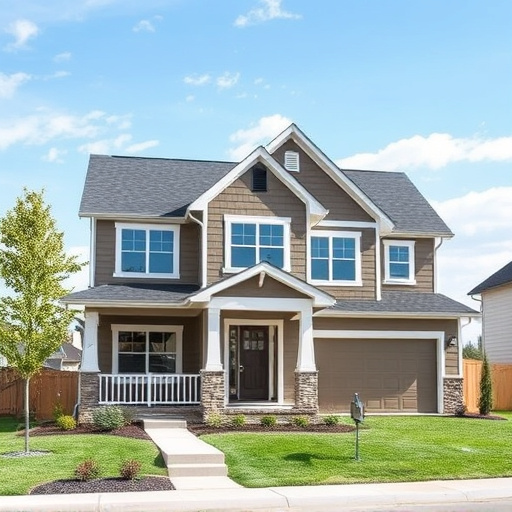
When it comes to highlighting architecture in home decorating, the first step is identifying those distinctive elements that define a space. Each style of home—from modern minimalism to Victorian opulence—possesses unique architectural features that can serve as focal points and inspire decor choices. In contemporary homes, clean lines, open layouts, and bold structural elements like exposed beams or concrete walls might be the stars of the show. Traditional homes often boast intricate moldings, ornate chimneys, and symmetrical windows that demand attention and can guide your home decorating approach.
No matter the style, paying close attention to these architectural details allows you to create harmonious spaces where the decor enhances the existing structure, rather than competing with it. This could involve showcasing a striking fireplace with tailored surround, framing breathtaking views through strategic window treatments, or even transforming bland walls into statement pieces with custom murals that complement the overall aesthetic—all aspects that contribute to captivating home transformations or customized home renovations, ultimately elevating the residential renovations process.
Incorporating architecture into home decorating allows you to transform your space into a harmonious blend of form and function. By understanding and highlighting key architectural elements, such as arches, columns, and beam, you can create a visually stunning and unique living environment. Whether it’s a modern contemporary or traditional style home, identifying and enhancing these features brings out the character and beauty of your abode, making it a true reflection of your aesthetic sensibilities and personal touch in home decorating.


